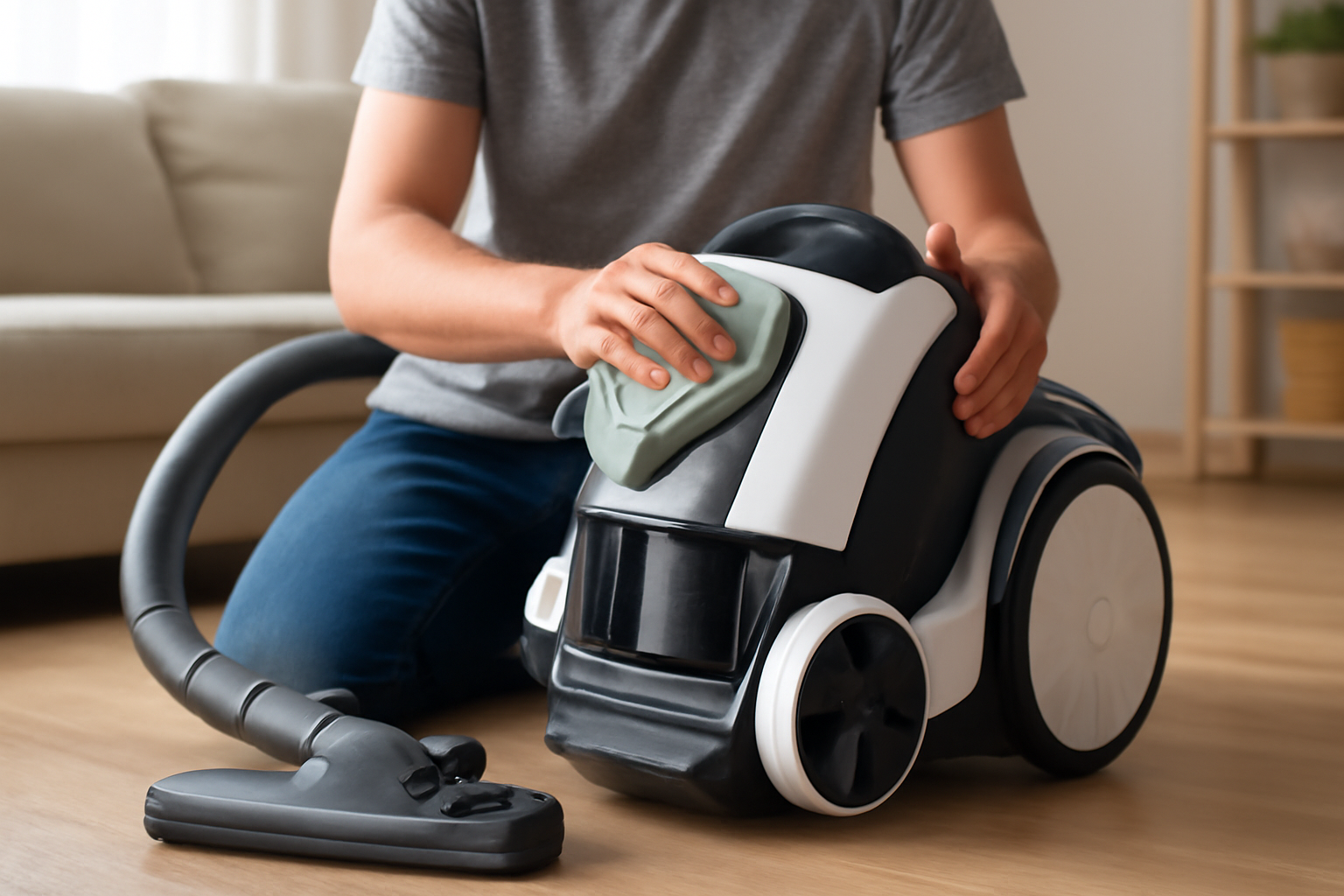
A vacuum cleaner is a valuable investment for maintaining a clean home, but it’s important to properly maintain it to ensure it continues to perform at its best. Over time, regular use can lead to wear and tear, but with proper care, you can extend its lifespan and keep it working like new. This article explores how to maintain your vacuum cleaner for optimal performance, including cleaning and replacing key components, checking for blockages, and more.
1. Clean the Filters Regularly
Filters play a critical role in the performance of your vacuum cleaner. They trap dust, dirt, and allergens to ensure that the air released from the vacuum is clean. However, over time, filters can become clogged and reduce suction power. To maintain optimal performance, clean the filters regularly based on the manufacturer’s guidelines.
HEPA Filters: If your vacuum has a HEPA filter, it’s important to clean or replace it periodically. HEPA filters can trap smaller particles and allergens, making them ideal for households with pets or allergy sufferers. For more information on HEPA filters, visit this comprehensive guide.
Foam or Carbon Filters: Some vacuums come with foam or carbon filters. These can often be washed and reused. Make sure they are completely dry before reinserting them into the vacuum.
2. Empty the Dustbin or Bag Frequently
A full dustbin or vacuum bag can reduce suction power and prevent your vacuum from performing efficiently. Empty the dustbin or replace the vacuum bag regularly, even if it’s not completely full. Some vacuums have indicators that let you know when it’s time to empty the dustbin, but it’s a good habit to do it frequently, especially if you have a lot of pet hair or debris in your home.
Check out this guide on emptying and maintaining dustbins.
3. Check for Blockages
Blockages are one of the most common reasons a vacuum loses suction power. Over time, hair, dirt, and debris can get caught in the hose or nozzle, causing a blockage. Regularly check the vacuum hose and any airways for clogs. If your vacuum has a rotating brush, hair can get tangled around the brush head and affect its performance. Make sure to clean the brush regularly to prevent blockages and maintain suction power. For more details on maintaining vacuum performance, refer to this vacuum maintenance checklist.
4. Clean the Brush Rolls
The brush roll is responsible for agitating the carpet fibers and lifting dirt. Over time, hair and fibers can get tangled in the brush roll, which can lead to reduced suction power and cause strain on the motor. Remove the brush roll periodically and clean it of any debris or tangled hair. Some vacuums allow you to remove the brush roll for easy cleaning, while others may require you to use scissors to cut away any hair or fibers.
5. Inspect the Belt
The vacuum belt is an essential part of the brush roll system. If the belt is worn out or broken, the brush roll won’t spin, which can affect the vacuum’s ability to clean carpets. Check the belt periodically for signs of wear, and replace it if necessary. A worn-out belt is often the cause of a vacuum that is not picking up debris properly.
6. Keep the Vacuum Clean
The exterior of the vacuum can accumulate dust and dirt over time. Wipe down the vacuum with a damp cloth to remove dust and keep it looking clean. Don’t use harsh chemicals or abrasives that could damage the surface. Make sure the vacuum is unplugged before cleaning.
7. Store the Vacuum Properly
When you’re not using your vacuum, store it in a cool, dry place away from excessive heat or humidity. Keeping your vacuum in a damp area can lead to rust and mold growth, especially in the motor or filter components. Proper storage will help maintain its longevity and performance.
8. Follow the Manufacturer’s Instructions
Each vacuum cleaner is different, and it’s important to follow the manufacturer’s specific maintenance guidelines. Check the manual for information on filter cleaning, part replacement, and general maintenance.
9. Conclusion
Regular maintenance is essential for keeping your vacuum cleaner performing at its best. By cleaning the filters, emptying the dustbin, checking for blockages, and inspecting key components like the brush roll and belt, you can extend the life of your vacuum cleaner and ensure it continues to work efficiently. Don’t forget to follow the manufacturer’s instructions for optimal care and maintenance.
For more information about our products, visit www.lxvacuum.com.

















